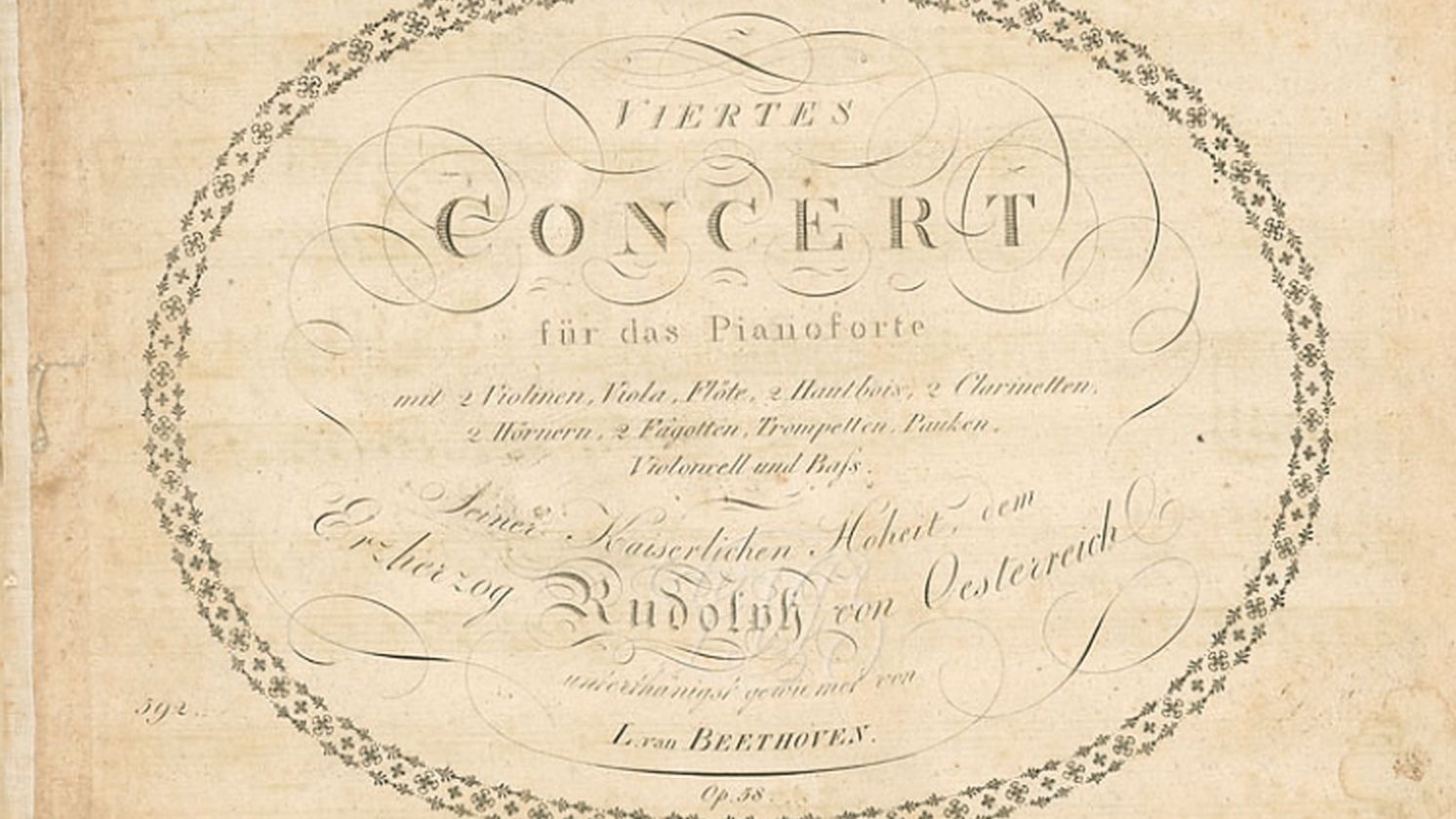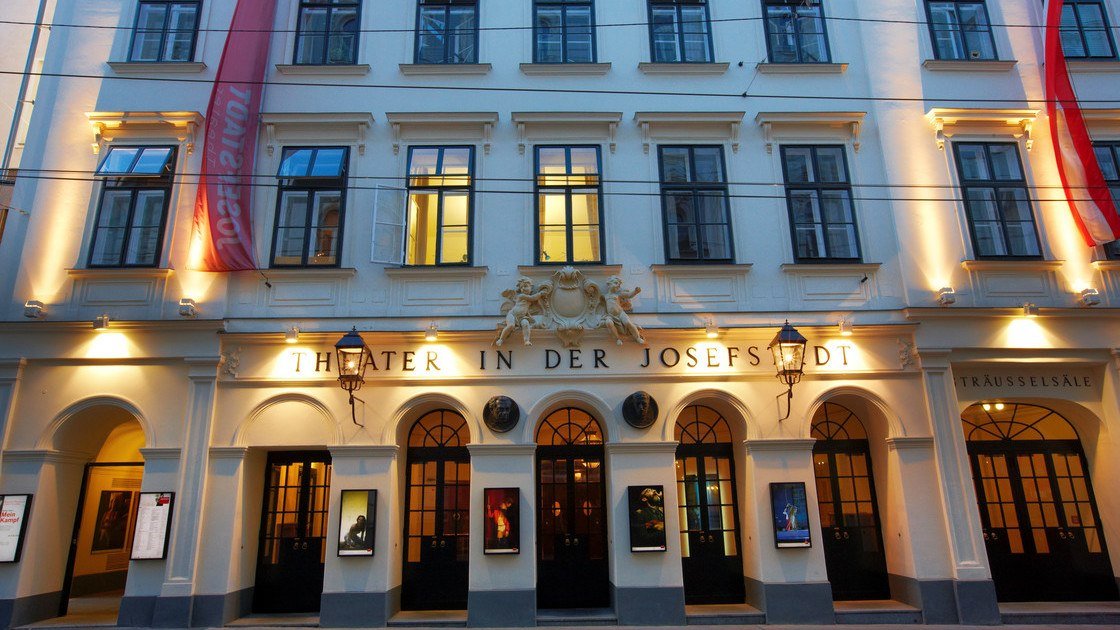Beethoven’s Piano Sonata No. 23 in F Minor, “Appassionata”: A Turbulent Drama
Beethoven’s Piano Sonata No. 23 in F minor is filled with volatile mood shifts, turbulent drama, and revolutionary fire. It was completed around 1805, during what is now known as the composer’s “heroic” middle period. Beethoven did not provide the familiar and apt nickname, Appassionata. It was added in 1838 when the German publisher, Cranz, created a piano duet version. The pianist Carl Czerny, a student of Beethoven, called this Sonata “the most perfect …







